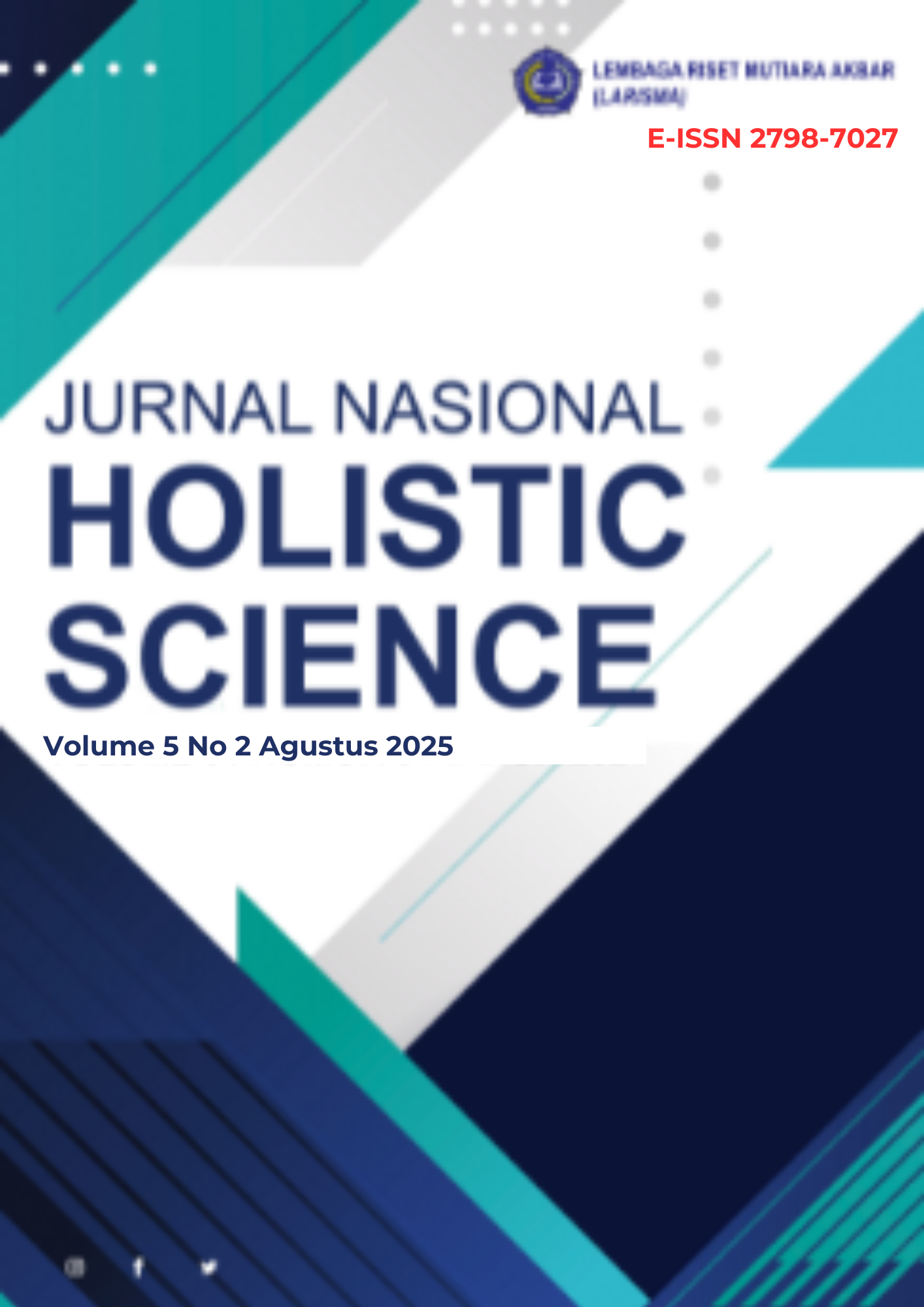Framing Analysis and Student Perceptions of Israeli Product Boycott Content on Instagram (A Qualitative Descriptive Study of Communication Science Students)
Main Article Content
Abstract
This study aims to analyze the framing and perceptions of Communication Science students regarding content on Instagram boycotting Israeli products. The research method used a qualitative descriptive approach with data collection techniques through in-depth interviews, account observation, and upload documentation, with informants selected purposively. Data analysis refers to the Miles & Huberman model and Entman's framing theory. The results show that Instagram framing constructs a narrative of solidarity and humanitarian values ??that encourage support for the boycott. However, message reception is influenced by media literacy and personal filters, resulting in varied student perceptions. In general, students demonstrated critical awareness of the boycott issue despite varying levels of media literacy.
Article Details

This work is licensed under a Creative Commons Attribution-ShareAlike 4.0 International License.
References
Ahmad, F., Nurhadi, & Setiawan, B. (2021). Emotional framing dalam pemberitaan konflik Palestina-Israel di media online. Jurnal Komunikasi Global, 10(2), 115–128.
Chou, H. T. G., & Chiu, Y. P. (2019). Emotional framing in social media campaigns: Implications for public engagement. Journal of Communication Studies, 67(3), 245–263.
Creswell, J. W. (2018). Qualitative inquiry & research design: Choosing among five approaches (4th ed.). SAGE Publications.
Entman, R. M. (1993). Framing: Toward clarification of a fractured paradigm. Journal of Communication, 43(4), 51–58.
Eriyanto. (2012). Analisis framing: Konstruksi, ideologi, dan politik media. LKiS.
Fitriani, D. (2022). Pengaruh konten viral Instagram terhadap sikap mahasiswa dalam isu sosial. Jurnal Ilmu Komunikasi, 14(1), 55–67.
Hermawan, A. (2021). Framing media online Indonesia dalam konflik Palestina–Israel. Jurnal Kajian Media, 3(2), 89–101.
Hutagalung, R. (2024). Strategi linguistik dan emosional dalam framing konten digital. Jurnal Komunikasi Digital, 5(1), 22–34.
Komisi Penyiaran Indonesia (KPI) Pusat. (2020). Literasi media digital: Pedoman praktis generasi muda. KPI Pusat.
López-Rabadán, P. (2022). Framing in the digital era: Challenges and opportunities. Digital Journalism, 10(5), 593–610.
McCombs, M. E., & Shaw, D. L. (1972). The agenda-setting function of mass media. Public Opinion Quarterly, 36(2), 176–187.
Mendelsohn, J., Lee, C., & Kim, H. (2024). Framing strategies on social media: Diagnostic, prognostic, and motivational approaches. New Media & Society, 26(3), 445–462.
Mulyana, D. (2023). Ilmu komunikasi: Suatu pengantar. Remaja Rosdakarya.
Potter, W. J. (2019). Media literacy (9th ed.). SAGE Publications.
Smith, A. (2020). Selective exposure in the digital age. Journal of Media Psychology, 32(4), 210–222.
Sudibyo, A. (2022). Persepsi publik dalam era disrupsi media. Jurnal Sosial Humaniora, 15(2), 134–145.
Suharyo, T. (2021). Framing dalam media massa: Teknik seleksi dan penonjolan fakta. Jurnal Komunikasi Nusantara, 3(1), 45–58.
Wang, Y., & Guo, L. (2022). Social media boycott campaigns and the dominance of emotional narratives. International Journal of Communication, 16(1), 220–238.

